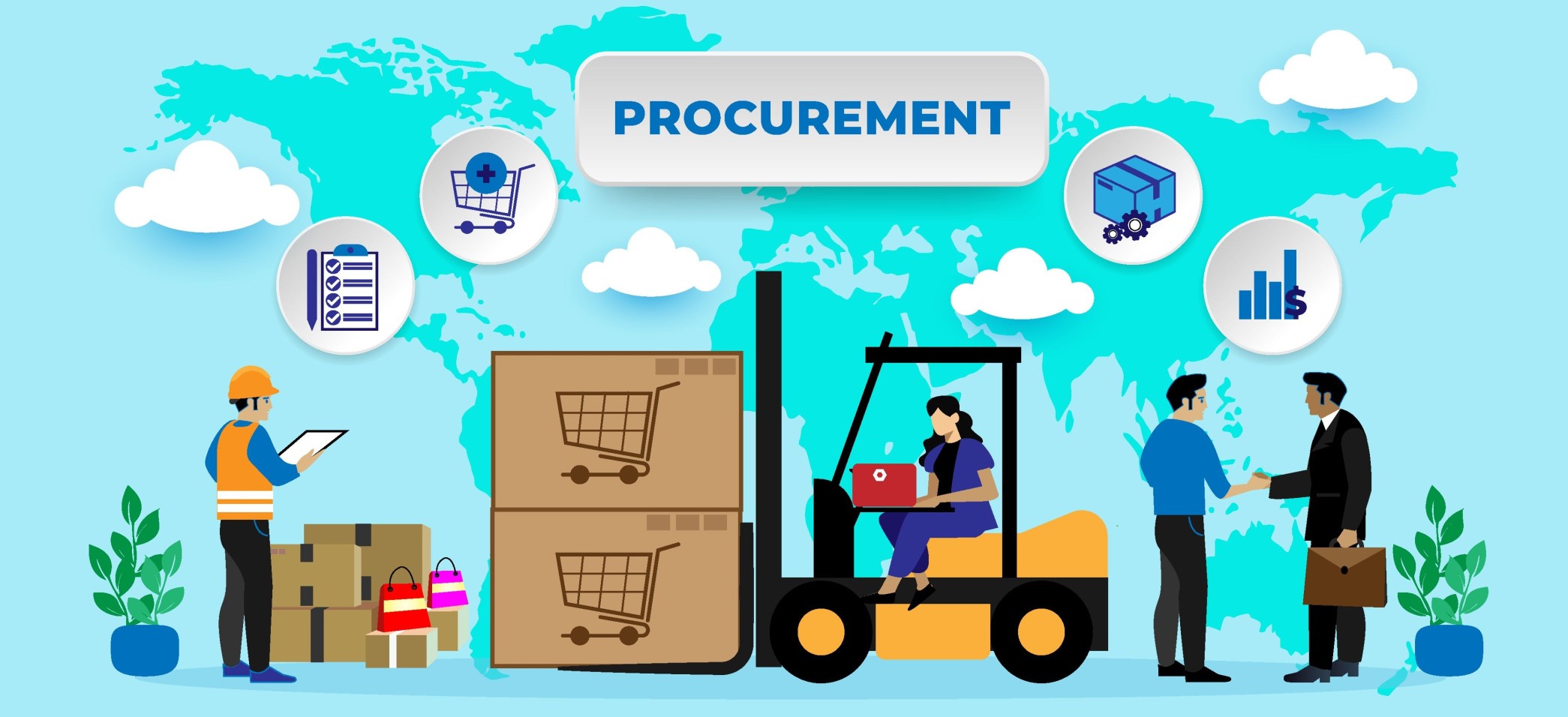How Procurement Programs are Like Buying A Car (And How to Fix It)
Most of us have experienced that heart-sinking feeling when you hear your car’s death rattle. Why? Aside from the obvious hassle of being without a car, you’ll need to buy another one—and there are few things people dread more than the car-buying process.
The mere mention of purchasing a car is enough to make many consumers feel queasy. That’s because, compared with other types of shopping, this purchase is cumbersome, time-consuming, and opaque.
At an auto dealership, there’s so much to consider, coupled with so many layers of paperwork to negotiate and complete. And while every buyer hopes for a good deal, all the hoops to jump through, combined with the lack of visibility into how the process works, leave many accepting a sub-par deal just to finish the stressful encounter a little faster. Top off the experience with a huge expense and it’s no wonder people get stressed out.
Procurement programs for MRO (Maintenance, Repair, and Operations) are no different. The process for ordering parts and materials is often complicated and time-consuming. If you’re required to get a PO number, this just adds more time to the process. It gets to a point where buyers often just give up, deciding it’s just easier and faster to go to, say, Home Depot. If they even realize they’re paying more, they usually don’t care because the convenience of buying there is so much easier.
In short, employees avoid procurement compliance because the process has all the same earmarks that make buying a car such a chore. The drawback? Building managers and other employees actively avoiding or working around these systems can mean up to 50% of potential savings are not realized.
In other words, your procurement employees can negotiate the best deals in the world for your company’s program but if no one uses it, these efforts are all for nothing.
So, how can you ensure your company’s employees are compliant with your purchasing program?
In order to maximize savings, you need to apply the following three guidelines:
- Adopt a user-friendly system that employees will actually want to use. If it’s not user-friendly, quick, and efficient; frustrated employees will find a faster workaround--even if it costs more. For example, in the automotive world, CarMax built their entire business model around ease of purchase by creating a user-friendly app and website that allows consumers to find the car they want online and not haggle over price because their pricing is fixed. CarMax buyers know they’ll generally pay more than from a private seller, but since the cars are pre-vetted and there’s no pressure, they are willing to make the trade-off.
Employees have grown used to online price comparisons, plug-ins that find deals, and one-click shopping. Is your company’s procurement platform and process easy-to-use and intuitive?
- Line up suppliers before you need them. A surprising number of car purchases happen because someone’s car just broke down, which obviously doesn’t put the buyer in the best position to negotiate. Similarly, many procurement programs lose a lot of money to “maverick” spending (purchases made outside of existing contracts), because their contracted suppliers don’t offer the time-sensitive parts and materials needed.
Ideally, your procurement team or external managed service is continually evaluating past purchases and adding contracted suppliers so they are available and ready to move quickly for you. If you have nimble, cooperative suppliers in place, you’ll reduce maverick spending significantly.
- Consider factors beyond price. People look at the sticker price when they buy a car, but they don’t always give proper weight to longer-term costs like maintenance, replacement part costs, and warranties. Likewise, while it is certainly important to save money on procurement purchases, don’t forget to consider other factors such as real-time availability, free next-day or 2-day shipping, tariff product alerts or protection, and quality assurance procedures.
If you’re facing these challenges with your procurement process, we can help. Raiven’s procurement platform provides deep discounts on parts and materials, a consumer-like buying experience and contracted suppliers that create long term value, To learn more, visit our website or connect with us by phone or email.



